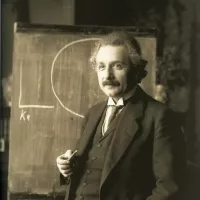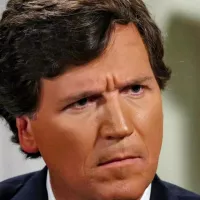Energy is a fundamental quantitative property that can be transferred to a body or system, manifesting as work, heat, or light. A key principle is the law of conservation of energy, stating that energy transforms but is neither created nor destroyed. The standard unit for measuring energy in the International System of Units (SI) is the joule (J).
1900: Henri Poincaré's Mass-Energy Formulas
In 1900, Henri Poincaré derived mass-energy formulas.
1904: Friedrich Hasenöhrl's Mass-Energy Formulas
In 1904, Friedrich Hasenöhrl derived mass-energy formulas.
1905: Einstein's Mass-Energy Equivalence Formula
In 1905, Albert Einstein derived the formula E = mc², which quantifies the mass-energy equivalence between relativistic mass and energy within the concept of special relativity.
1905: Einstein's Theory of Special Relativity
In 1905, Albert Einstein's theory of special relativity showed that rest mass corresponds to an equivalent amount of rest energy, meaning rest mass can be converted to or from equivalent amounts of energy.
1913: Bohr Theory of the Atom
In 1913, the notion of quantized energy levels was proposed by Danish physicist Niels Bohr in the Bohr theory of the atom.
1918: Noether's Theorem
In 1918, Noether's theorem stated that any differentiable symmetry of the action of a physical system has a corresponding conservation law.
1918: Conservation of Energy and Noether's Theorem
In 1918, theorists understood that the law of conservation of energy is a direct mathematical consequence of the translational symmetry of the quantity conjugate to energy, namely time, according to Noether's theorem.
1926: Schrödinger and Heisenberg's Quantum Mechanical Theory
In 1926, Erwin Schrödinger and Werner Heisenberg advanced the modern quantum mechanical theory, using the Schrödinger equation to explain energy levels.
1961: Richard Feynman's lecture
In 1961, Richard Feynman gave a lecture.
Mentioned in this timeline

Albert Einstein - was a German-born theoretical physicist renowned for...
Time is the continuous irreversible progression of existence from past...
Formula E is an FIA-sanctioned world championship for electric single-seater...
The letter S in both uppercase and lowercase forms is...
Trending
30 days ago Rashee Rice Limited in Practice; Mahomes Full Participant Before Chiefs-Cowboys Game

21 days ago Tim Allen Returns to Stand-Up: Fresno Performance at Warnors Theatre Announced

7 months ago Bryan Mbeumo transfer battle: Manchester United, Arsenal, and Newcastle vie for signature.

8 months ago Maury Povich reflects on media; Connie Chung honored and encouraged to write memoir.

COVID- testing is essential for identifying SARS-CoV- infections and tracking the pandemic Two primary types exist molecular tests detect the...

24 days ago Joseph Quinn's 'Stranger Things' impact, 'Master of Puppets' fame, and 'Pillion' BIFA win.
Popular

Tucker Carlson is an American conservative political commentator known for...

XXXTentacion born Jahseh Dwayne Ricardo Onfroy was a controversial yet...

Ben Shapiro is a prominent American conservative political commentator media...

Candace Owens is an American conservative political commentator and author...

William Franklin Graham III commonly known as Franklin Graham is...

Ursula Gertrud von der Leyen is a prominent German politician...